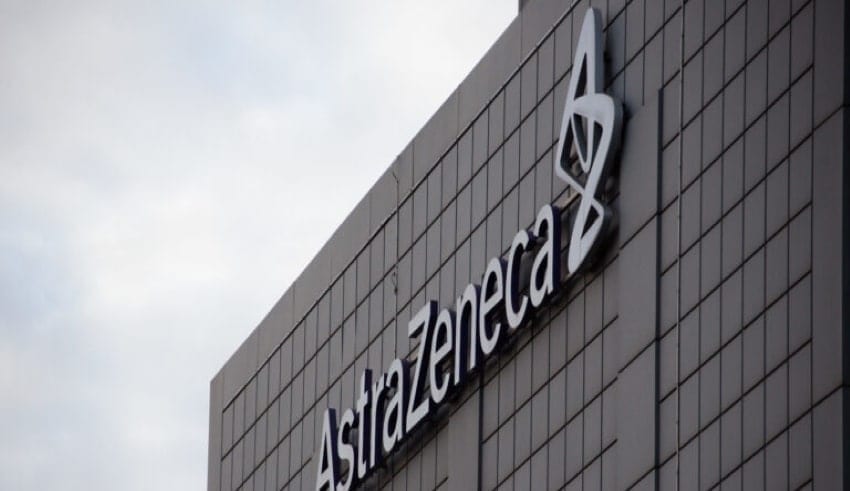
The Philippine government has expressed trust in the British-Swedish drugmaker AstraZeneca’s COVID-19 vaccine, even though some critics cast doubt on it over concerns about its reported success rate.
They are confident that the AstraZeneca vaccine is being developed, vaccine czar Carlito Galvez Jr. said Friday when the Philippine government signed the first procurement agreement for a coronavirus vaccine, a tripartite P600 million contract with some 30 private companies and AstraZeneca for 2.6 million doses of its coronavirus vaccine, which will be good for around 1.3 million Filipinos.
The British pharmaceutical company AstraZeneca has been discovered to have a higher efficacy rate on those who received a lower dose compared to those who have completed the dosing regimen. https://t.co/xH6HHVLMnj
— PTVph (@PTVph) November 27, 2020
Galvez cited the success of AstraZeneca for producing quality drugs and vaccines that are used all over the world. AstraZeneca and its affiliate, Oxford University, have confirmed that they are pursuing regulatory approval for their vaccine despite demonstrating an overall efficacy rate of 70 percent.
When an initial half-dose and a full dose was given, the rate jumped to 90 percent, comparable to that in rival vaccines by Pfizer/BioNTech and Moderna in growth. US researchers point out however that the higher effectiveness rate came in a smaller study composed of individuals aged 55 and under and was found by mistake.
In light of these concerns, Pascal Soriot, Chief Executive Officer of AstraZeneca, told Bloomberg that more research on its coronavirus vaccine is required, but it is unlikely that additional testing would impact regulatory approval in Europe.
The private sector, back in the Philippines, is desperate for a solution that can bring an end to the local COVID-19 epidemic so that the economy will restart safely. However, he acknowledged that the first 2.6 million doses of the vaccine, which he expects to arrive after local regulatory clearance in May or June next year is a great start but not enough.
Ang Department of Health, kasama ang iba pang mga ahensya, ay tinitiyak ang kalidad at pagiging epektibo ng mga bakuna na ipo-procure ng ating bansa. pic.twitter.com/pgEvPmg51y
— Department of Health (@DOHgovph) November 27, 2020
Galvez said the government of the Philippines is in negotiations with AstraZeneca to obtain an extra one million doses of its vaccine, in addition to the 2.6 million that would be imported by the private sector.






















